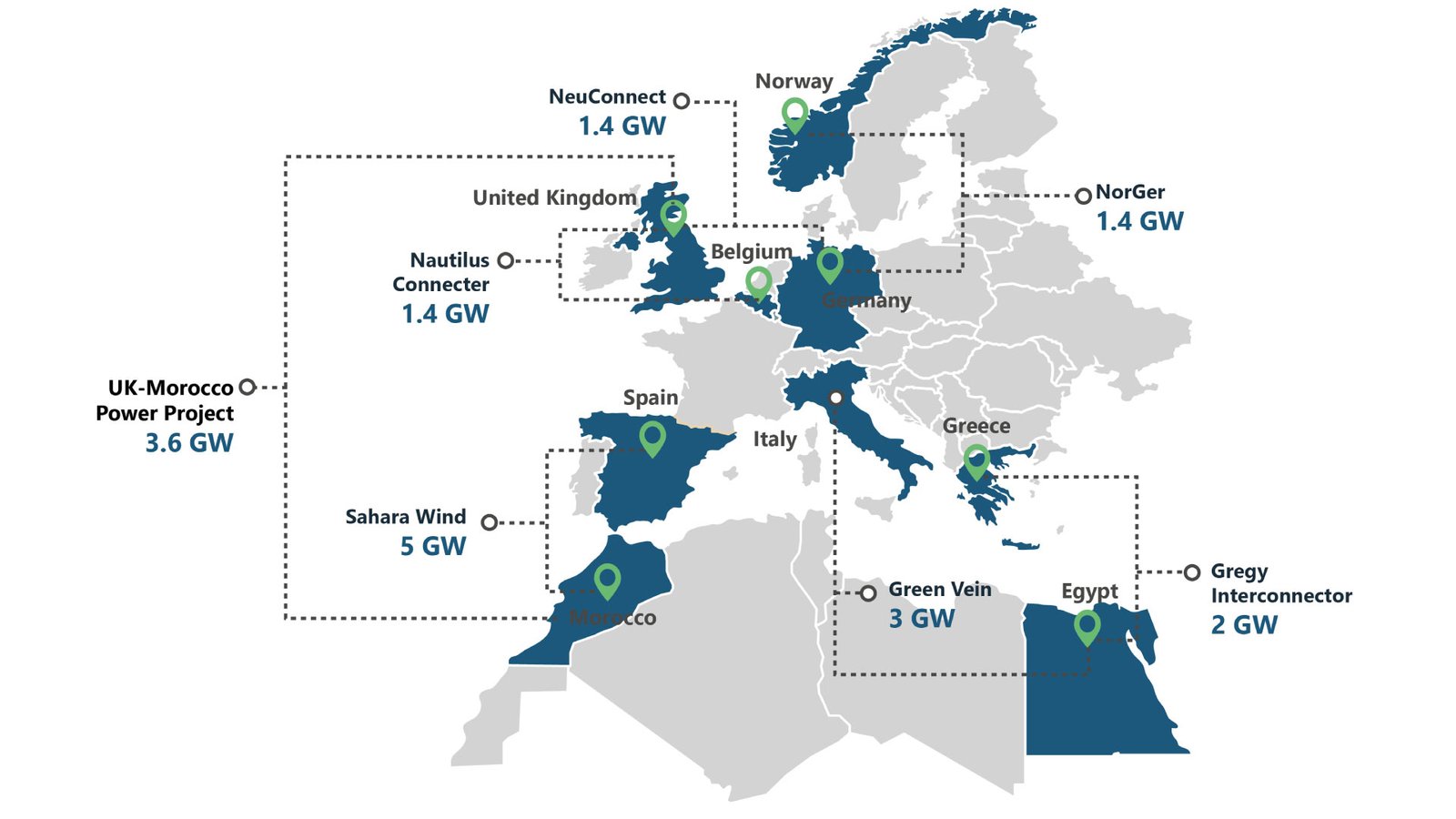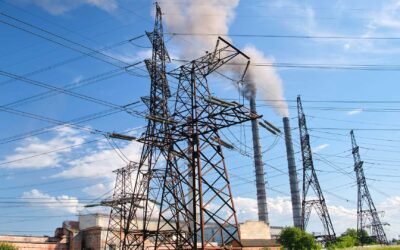- The European HVDC market is poised for significant growth as it aligns with the expansion of offshore wind projects. European countries are planning to add 70 GW of offshore wind. The European Commission has set forth ambitious objectives, aiming to double cross-border power capacity within the EU by 2030. Moreover, the EU’s goal of reaching 15% interconnection by 2030 underscores the necessity for cross-border interconnections and transfer of offshore wind energy. Notably, the UK stands out as a leader in this market, with 23 GW of planned HVDC projects in collaboration with other European nations.
This infographic discusses how the cross-border interconnections will drive the HVDC market in Europe.
HVDC Cumulative Market Split (2024-2030)

Key Insights on the European HVDC Market
European nations have committed to installing 120 GW of offshore wind capacity in the northern sea regions by 2030, driving the demand for offshore HVDC interconnections.

The EU has set an interconnection target of at least 15% by 2030 to encourage EU countries to interconnect their installed electricity production capacity.

Over the past decade, Europe successfully installed 23 GW of cross-border HVDC interconnections, with plans to add another 70 GW of cross-border interconnection capacity by 2030.

The UK is set to lead the market with
23 GW of planned HVDC
interconnections with other countries
Key Planned Cross-Border HVDC Interconnections

High Voltage Direct Current Service Overview
The research presented in this article is from PTR's High Voltage Direct Current market research. For information about this service please submit a request shown below.
Europe: +49-89-12250950
Americas: +1 408-604-0522
Japan: +81-80-7808-1378
GCC/Rest of APAC: +971-58-1602441
More About our: High Voltage Direct Current Service
Recent Insights
North American HVDC Market (2017-2021)
The HVDC market has gained a lot traction due to the expansion of renewable energy resources across the globe. In the last decade, a significant growth in onshore renewables has been witnessed in North America. To evacuate this energy from generation centres, HVDC has...
Net-Zero Commitments Encouraging Growth in Carbon dioxide Removal Technologies
Carbon removal may be achieved through nature-based methods or by employing certain technologies, such as CCS and DAC. The drive to net-zero has resulted in enhanced interest and investment in CCUS. Carbon removal technologies should act as supplements, not...
Fragile Balance: Designing Carbon Pricing Mechanisms to Nudge the World to Carbon-Neutrality
Carbon pricing is an increasingly popular mechanism that tackles climate change, by employing market forces to incentivize individuals and companies to transition to clean energy. The primary objective of carbon pricing is to change behavior. This report explores two...
Summary of Developments at COP27
The Sharm El-Sheikh Climate Conference officially ended with an historic climate “loss and damage” fund being set up on Sunday, 20 November. Here are key highlights from the conference. The “loss and damage” fund is an official acknowledgement of the fact that poorer...
The 2022 United Nations Climate Change Conference (COP27): Overview, Structure, and Achievements
The Sharm El-Sheikh Climate Change Conference is currently underway in Egypt, commencing on 6 November 2022 and ending on the 18th. The conference builds on pledges made in the COP26 at Glasgow last year and comprises of a series of events to build on future ambition....
The Future of HVDC in the APAC Region: Cross-Border Interconnections and Energy Security
• The APAC HVDC market is expected to grow with CAGR of 5% from 2022 onwards till 2026. • The APAC HVDC market is dominated by LCC HVDC technology mainly due to high power transmission capability over the long distances and the affordability of the LCC HVDC...
CIGRE Conference Impressions – 2022
The CIGRE Paris session, which ended just four weeks ago, was a mix of optimism and anxiety. The conference was attended by more than 9,000 attendees from 120 counties, out of which 35% were from the electrical utilities and 25% from the manufacturing sector. In past...







